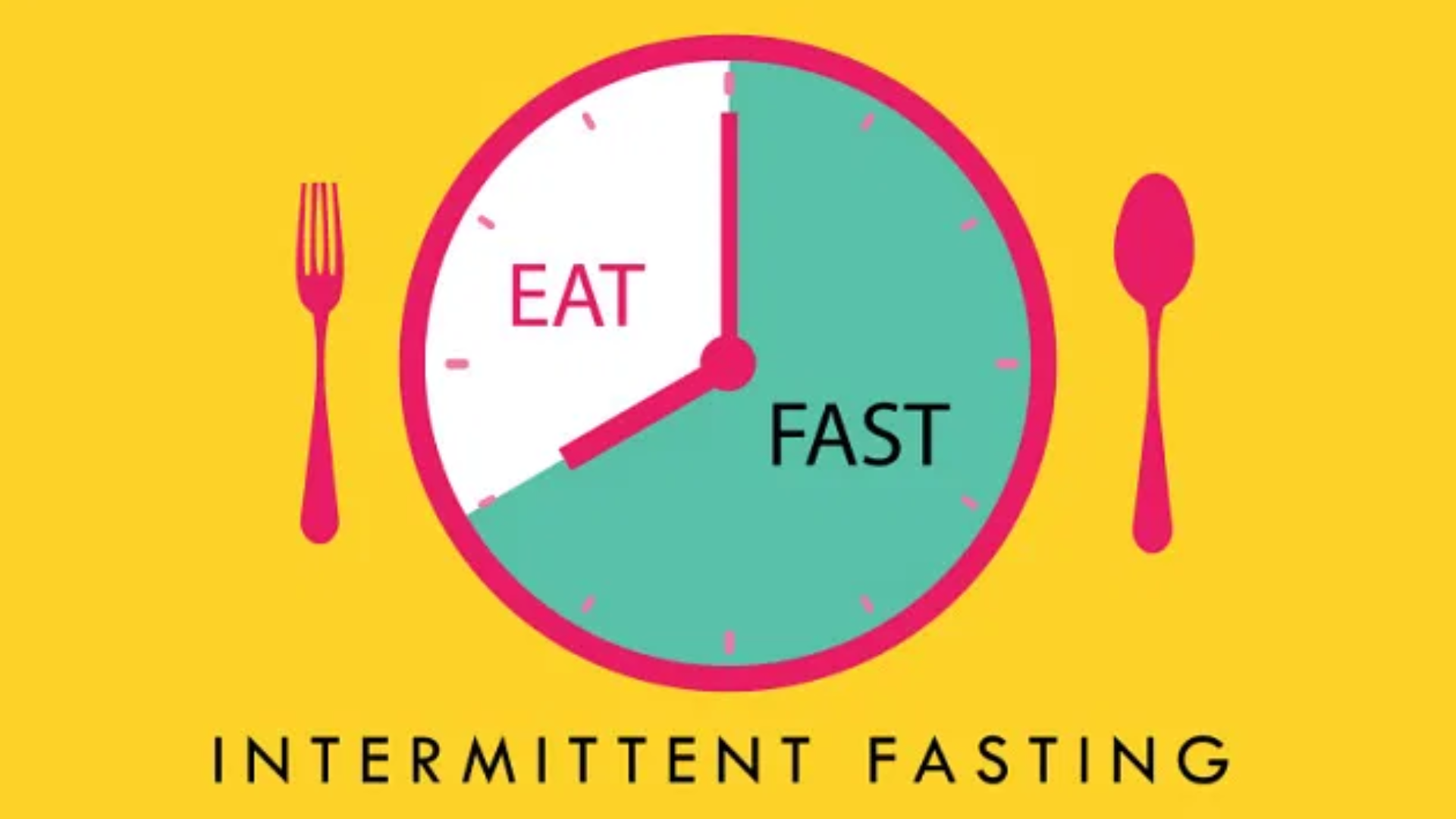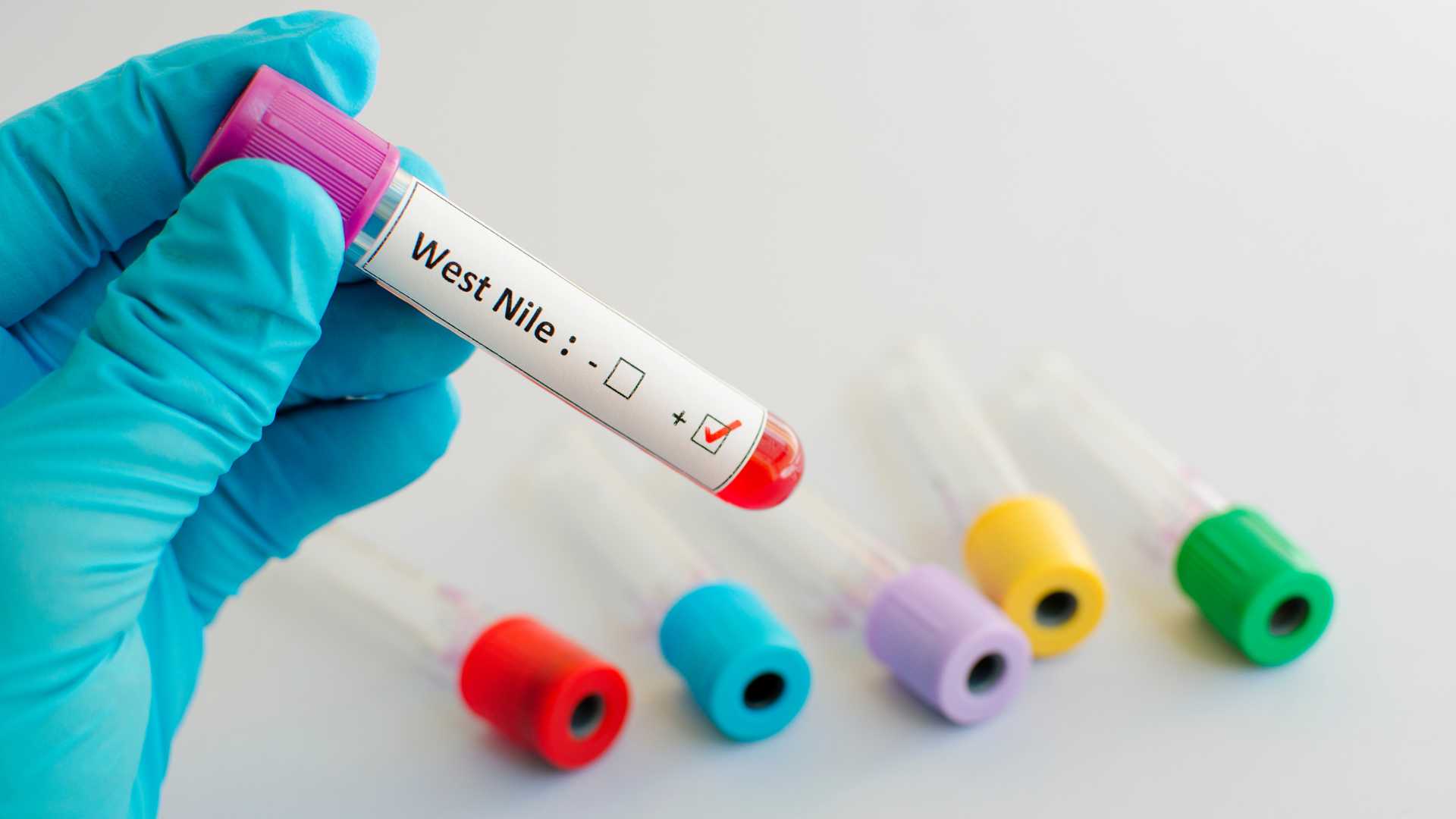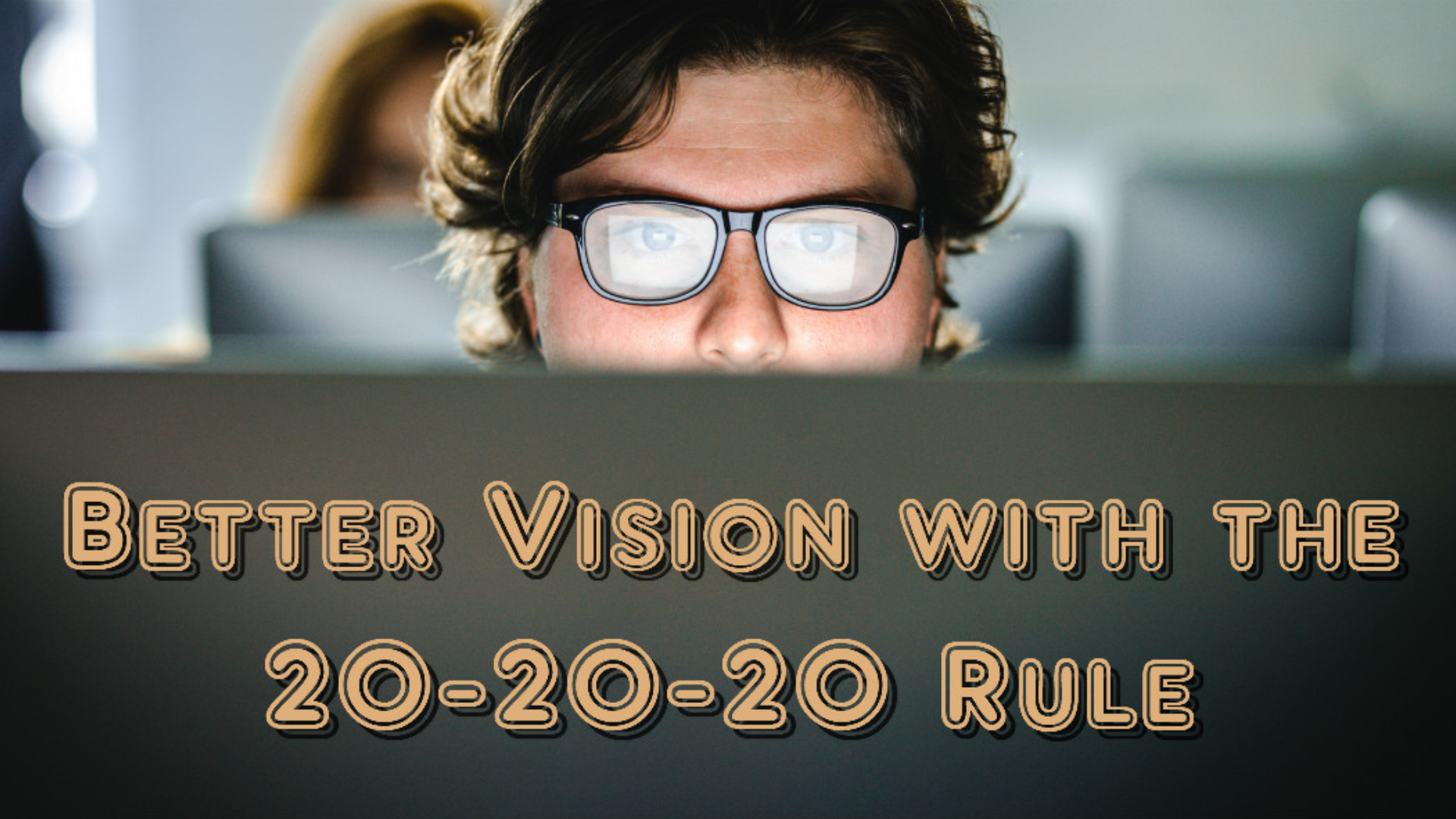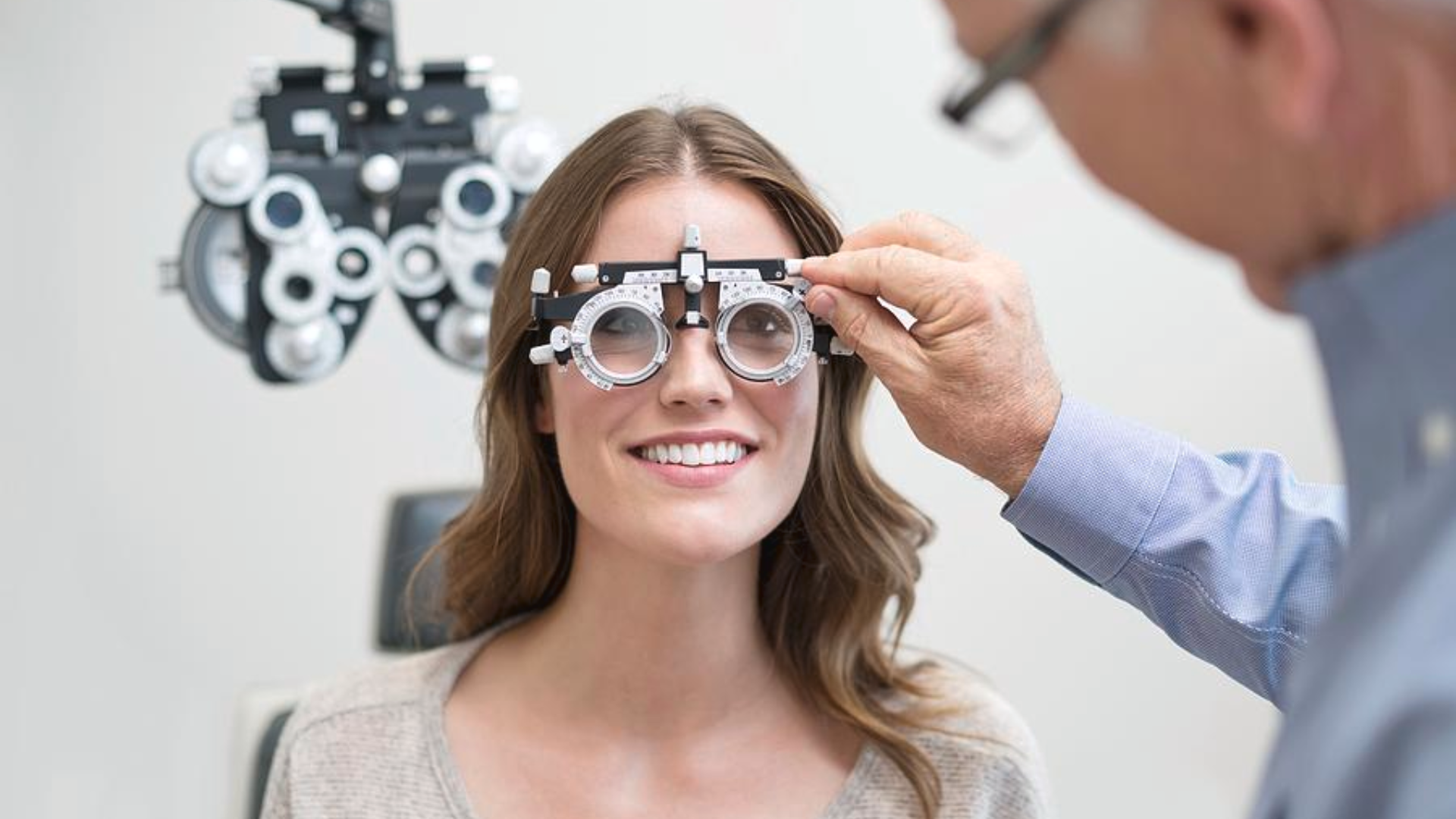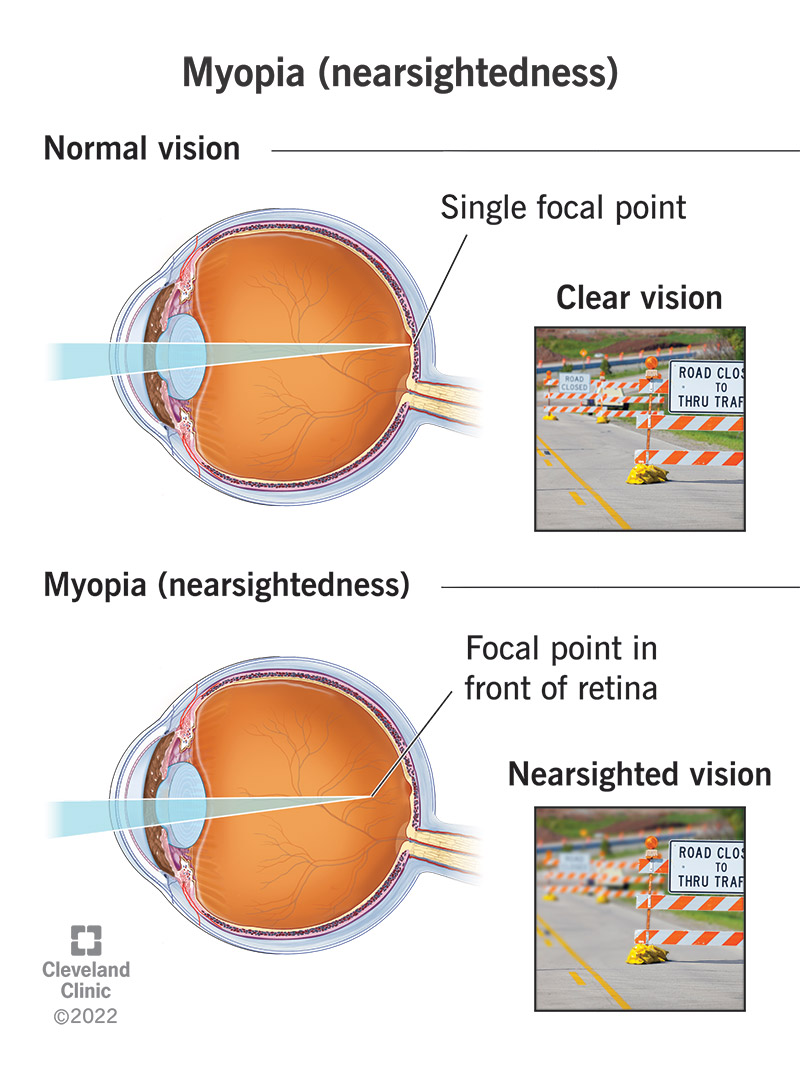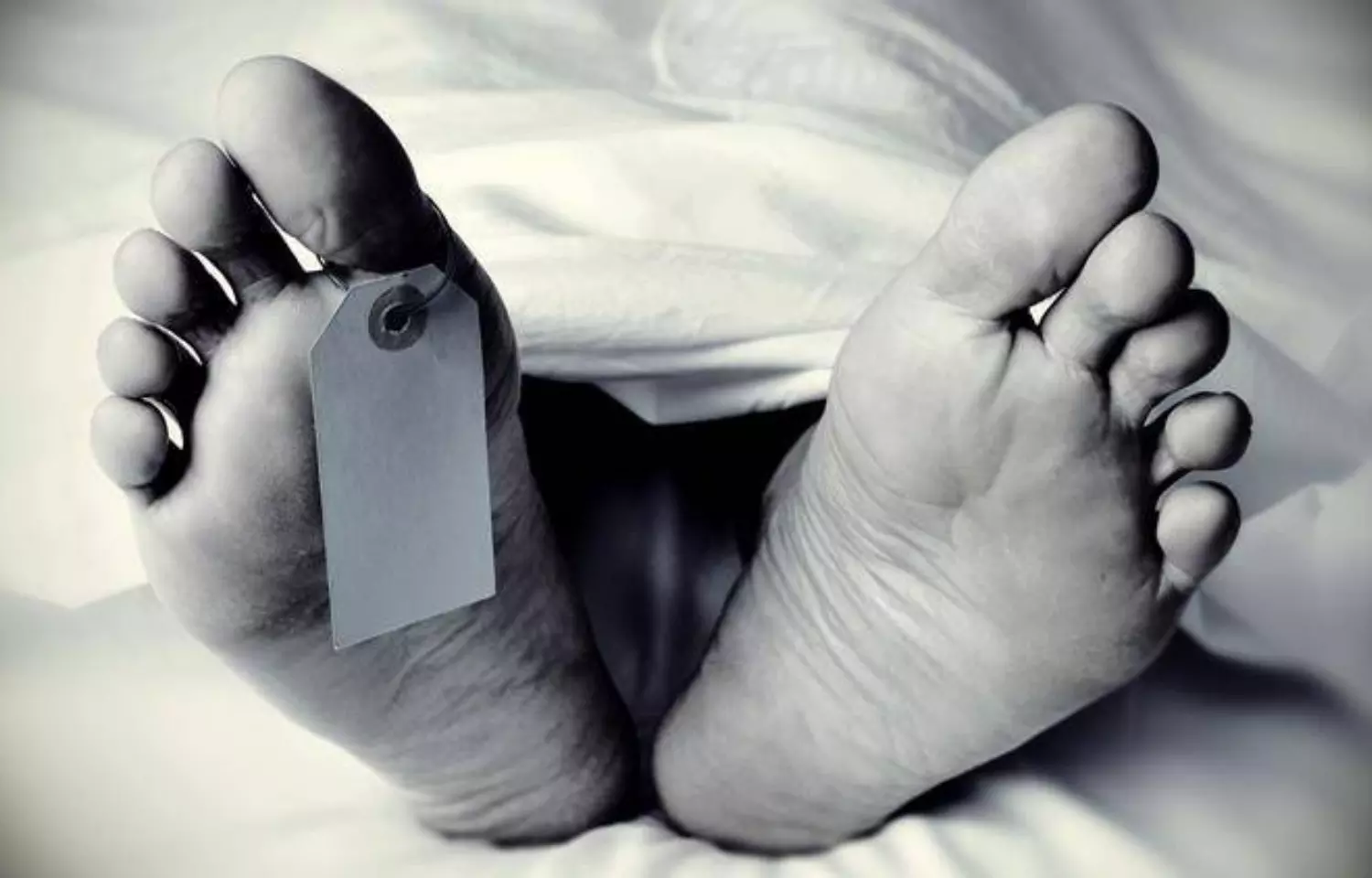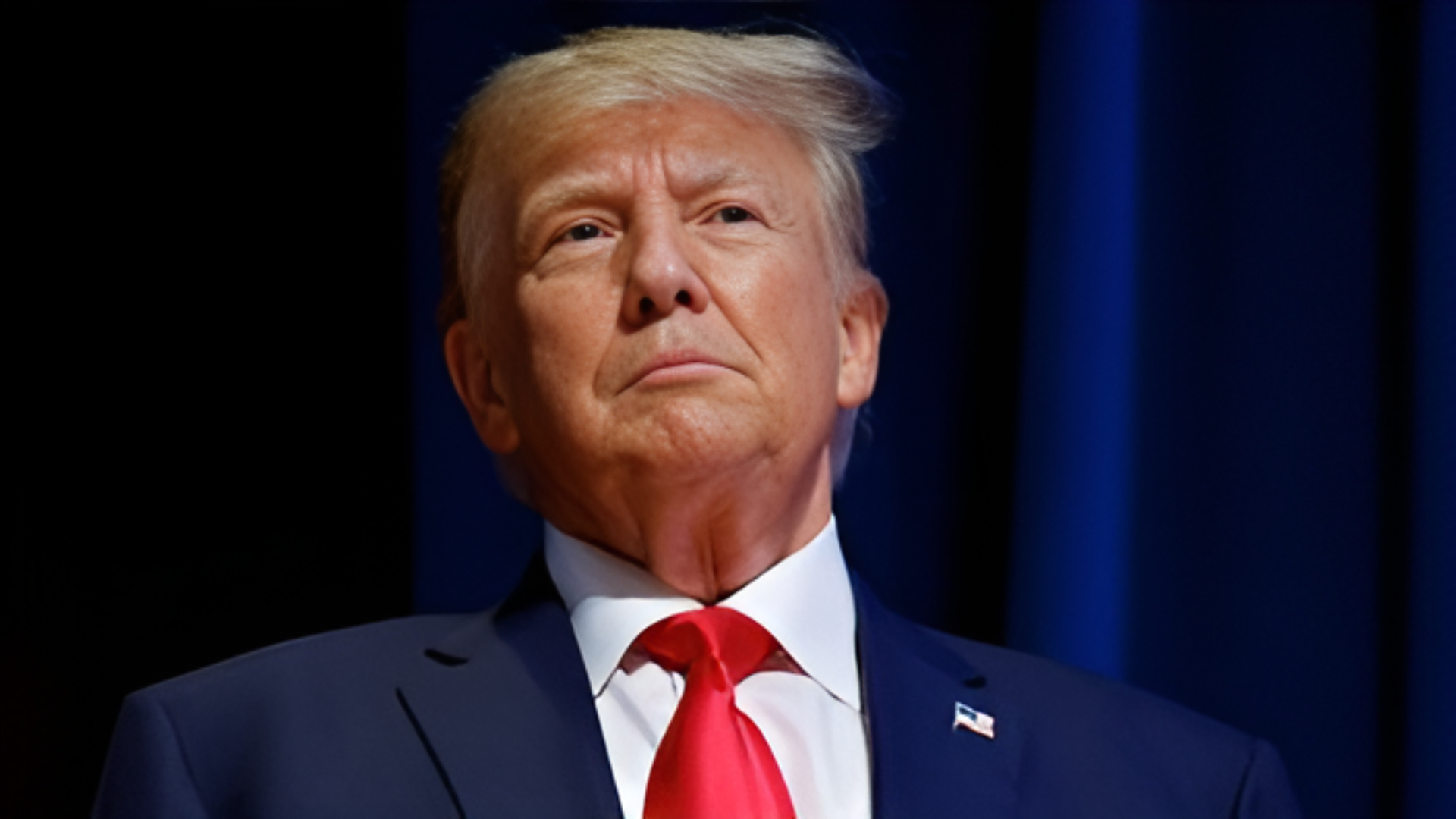Myopia, commonly known as nearsightedness, is a vision condition where distant objects appear blurry while close ones are seen clearly. This widespread eye disorder primarily results from the elongation of the eyeball or an excessively curved cornea, leading to improper light focusing on the retina. Despite its commonality, myopia’s exact cause remains elusive, though a blend of genetic and environmental factors is implicated.
Causes and Risk Factors of Myopia
Myopia can be attributed to an eyeball that is too long or a cornea that is overly curved. These structural abnormalities cause light rays to focus in front of the retina rather than directly on it, resulting in blurred distance vision. While the precise cause of myopia is unknown, there is substantial evidence suggesting that many people inherit myopia or a predisposition to develop it.
Several risk factors contribute to the development of myopia:
Genetics : A family history of myopia significantly increases the likelihood of developing the condition.
Indoor Lifestyle : Spending excessive time indoors is linked to higher rates of myopia.
Urbanization : Living in urban areas is associated with increased myopia prevalence.
Socioeconomic Status: Higher socioeconomic status and higher education levels are correlated with higher myopia rates.
Close Work : Activities that require focusing on close objects, such as reading or using digital screens, can contribute to myopia.
Symptoms of Myopia
Myopia often manifests during childhood, typically between the ages of 8 and 12, and may worsen during teenage years due to rapid growth. Common symptoms include:
– Blurred vision when looking at distant objects
– Eye strain
– Headaches
– Squinting to see clearly
– Fatigue when driving, playing sports, or viewing distant objects
Children with myopia may display additional signs such as poor school performance, a shortened attention span, and holding objects very close to their faces.
Diagnosis of Myopia
Diagnosing myopia involves a comprehensive eye examination by an ophthalmologist. For adults, visual acuity tests using an eye chart and devices like phoropters and retinoscopes help determine the degree of refractive error and the appropriate corrective lens prescription. In children, early eye exams are crucial, and pediatricians often check for vision issues during routine well-child visits. If problems are detected, children may be referred to an optometrist or pediatric ophthalmologist for further evaluation.
Types of Myopia
Myopia is broadly categorized into two main types:
Low Myopia : This involves a prescription of less than 3 diopters.
Moderate to High Myopia : Moderate myopia ranges from 3 to 6 diopters, while high myopia exceeds 6 diopters and can lead to more severe vision problems and increased risk of complications like retinal detachment.
Treatment Options for Myopia
Eyeglasses and Contact Lenses
The most common and straightforward methods to correct myopia are eyeglasses and contact lenses, which help focus light on the retina. Regular updates to prescriptions are often necessary as vision changes over time. Discussing lens options with an ophthalmologist can help determine the best choice for an individual’s vision needs and lifestyle.
Refractive Surgery
For adults, various refractive surgeries can correct myopia by reshaping the cornea to ensure light focuses correctly on the retina. Common procedures include:
LASIK : A laser-assisted procedure that reshapes the inner corneal tissue.
PRK (Photorefractive Keratectomy) : Reshapes the surface of the cornea without creating a flap.
SMILE (Small Incision Lenticule Extraction) : Involves creating a small lens-shaped piece of tissue within the cornea that is removed through a tiny incision.
Refractive Lens Exchange : Replaces the natural lens with an artificial one to correct vision.
While effective, these surgeries carry risks such as glare, halos around lights, and poor night vision. It is essential to consult with an ophthalmologist to evaluate the suitability and potential risks of these procedures.
Prevention and Management of Myopia
Outdoor Activities
Encouraging children to spend more time outdoors has been shown to reduce the risk of developing myopia. Exposure to natural light is crucial for healthy eye development, as it helps regulate dopamine release in the retina, which controls eye growth.
Orthokeratology
Orthokeratology (Ortho-K) involves wearing hard contact lenses overnight to temporarily reshape the cornea and reduce myopia. While effective, this method requires meticulous care to avoid serious eye infections.
Atropine Eye Drops
Low-dose atropine eye drops, used daily at bedtime, can slow the progression of myopia in children. These drops help prevent the eye from elongating excessively. Side effects may include redness or itchiness around the eyes, but they are generally well tolerated.
Peripheral Defocus Contact Lenses
Special contact lenses designed for children with myopia have different focus areas that blur peripheral vision, thought to slow eye growth. These lenses require careful handling to avoid infections but can be an effective tool for managing myopia progression.
Vision Therapy
In some cases, vision therapy involving eye exercises can strengthen focusing muscles and improve vision. This approach is not suitable for everyone and should be discussed with an ophthalmologist.
Long-term Complications and Regular Monitoring
Severe myopia increases the risk of serious eye conditions such as retinal detachment, glaucoma, and cataracts. Regular eye examinations are essential for monitoring eye health and detecting any signs of these complications early.
Myopia is a common but manageable vision condition that affects a significant portion of the population. Understanding its causes, symptoms, and risk factors is crucial for effective prevention and treatment. By encouraging outdoor activities, using appropriate corrective lenses, and considering advanced treatments like refractive surgery or orthokeratology, individuals can manage myopia and maintain good vision health. Regular eye check-ups and consultations with eye care professionals are vital to address myopia effectively and reduce the risk of long-term complications.



